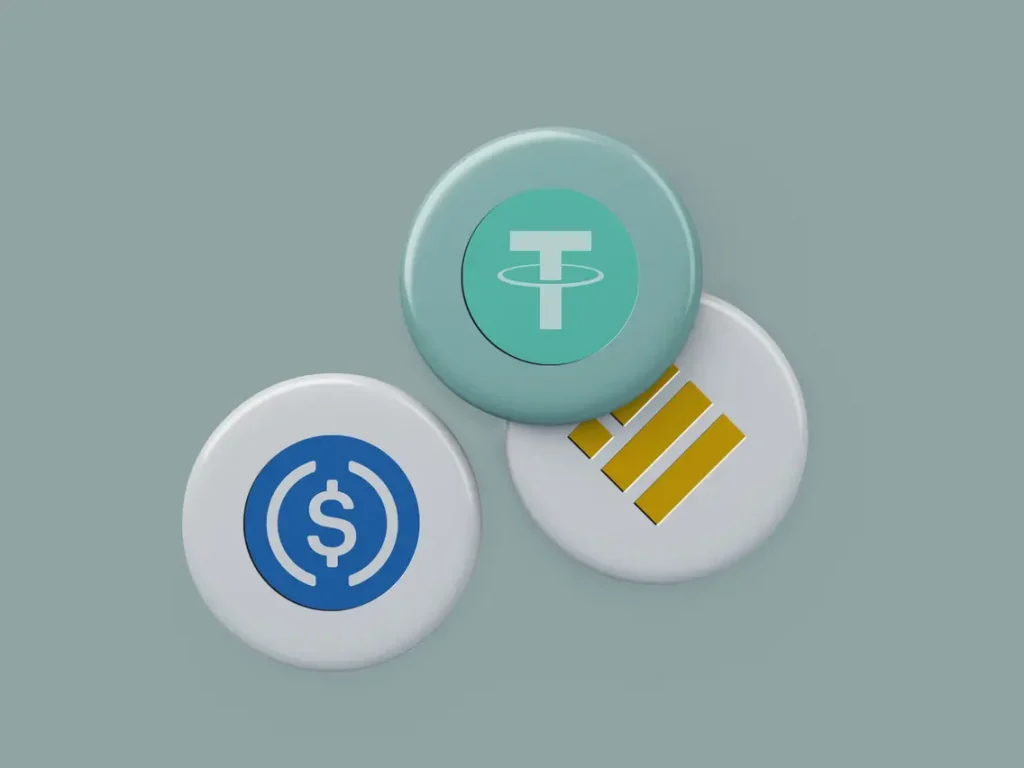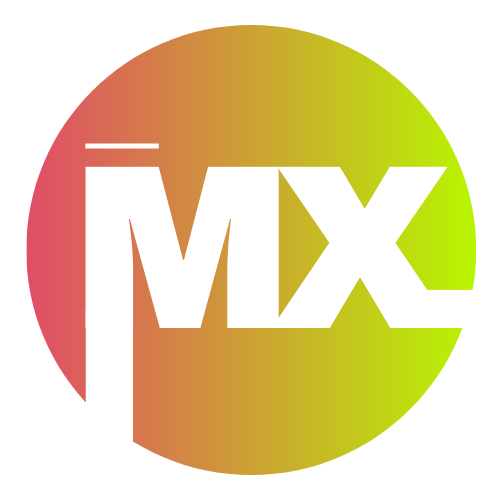USDT vs USDC vs BUSD: How Are They Different?
In the ever-evolving world of cryptocurrencies, stablecoins have emerged as a crucial component for traders and investors looking to mitigate price volatility while maintaining liquidity. Among these, Tether (USDT), USD Coin (USDC), and Binance USD (BUSD) stand out as popular options. In this article, we will explore the intricacies of these stablecoins, highlighting their unique features, uses, and the differences that set them apart.

What Are Stablecoins?
Stablecoins are cryptocurrencies designed to maintain a stable value by pegging their worth to a reserve of assets, most commonly fiat currencies like the US dollar. By doing so, they aim to provide the benefits of digital currencies, such as fast transactions and lower fees, while minimizing the significant price fluctuations typical of most cryptocurrencies.
Overview of USDT, USDC, and BUSD
- Tether (USDT):
Launched in 2014, Tether is the first and most widely used stablecoin. USDT is primarily pegged to the US dollar on a 1:1 basis, backed by reserves that include cash, cash equivalents, and other assets. Tether operates on several blockchain networks, including Bitcoin (via the Omni Layer), Ethereum (as an ERC-20 token), and TRON (as a TRC-20 token), making it highly versatile for different trading platforms.
- USD Coin (USDC):
USD Coin was created by Circle and Coinbase in 2018 and is also pegged to the US dollar. USDC stands out due to its transparency and regulatory compliance; it undergoes regular audits by a third party to ensure that its reserves are fully backed. USDC is also issued as an ERC-20 token on the Ethereum blockchain, increasing its accessibility within the DeFi ecosystem.
- Binance USD (BUSD):
Launched in partnership with Paxos in 2019, BUSD is a stablecoin issued by Binance, one of the largest cryptocurrency exchanges in the world. Like its peers, BUSD is pegged to the US dollar and maintains full backing with reserves, which are audited monthly to ensure compliance with regulations. BUSD is also an ERC-20 token, allowing for seamless transactions within the Binance ecosystem and other platforms that support ERC-20 tokens.
Key Differences Among USDT, USDC, and BUSD
1. Backing and Transparency
- USDT: While Tether claims to be 100% backed, its transparency has been questioned over the years. Tether’s reserve composition has varied, and it has faced scrutiny regarding whether it maintains enough reserves to cover all USDT in circulation.
- USDC: Known for its transparency, USDC is regularly audited by third-party firms to ensure that each USDC in circulation is fully backed by US dollars or equivalent assets. This builds a significant level of trust among users.
- BUSD: Similar to USDC, BUSD offers full transparency and is subject to regular audits. It aims to comply with strict regulations, promoting confidence among its users.
2. Regulatory Compliance
- USDT: Tether has navigated a more complicated regulatory landscape, facing legal challenges and accusations of inadequate reserves. However, it maintains a strong market presence.
- USDC: USDC positions itself as a compliant stablecoin. Its backing by Circle and Coinbase, both respected entities in the crypto world, helps ensure its regulatory adherence.
- BUSD: BUSD is regulated by the New York State Department of Financial Services (NYDFS), which adds a layer of credibility and compliance not found in USDT.
3. Market Acceptance and Adoption
- USDT: Tether is the most widely accepted stablecoin, with the highest trading volume across numerous exchanges. It is often used as a default trading pair, making it a preferred choice for many traders.
- USDC: While not as widely used as USDT, USDC has gained traction, especially in decentralized finance (DeFi) projects. Its compliance and transparency contribute to its growing popularity.
- BUSD: BUSD is predominantly used within the Binance ecosystem and is gaining ground as a preferred stablecoin for trading on Binance and partner exchanges.
4. Usage and Functionalities
- USDT: Often used for trading and as a liquidity provider, USDT allows users to move in and out of crypto markets seamlessly. It serves as a bridge between fiat and cryptocurrencies.
- USDC: USDC has found a niche in the DeFi space, allowing users to earn interest on holdings through various platforms and participate in yield farming.
- BUSD: With its close integration with Binance, BUSD offers unique functionalities for traders on the platform, including trading in binary options and participation in token sales.
Conclusion
USDT, USDC, and BUSD each offer unique features and benefits, contributing to their popularity within the cryptocurrency landscape. As stablecoins continue to play an essential role in the digital economy, understanding the distinctions between these options can help traders and investors make informed decisions that align with their financial strategies. Whether prioritizing transparency, market access, or integration within existing ecosystems, the right stablecoin choice can significantly influence trading performance and investment experience.
Frequently Asked Questions (FAQ)
- USDT: Primarily used for trading and liquidity in various cryptocurrency markets.
- USDC: Focused on transparency and used in DeFi applications for earning interest and providing liquidity.
- BUSD: Designed for seamless trading within the Binance ecosystem and accepted across various platforms.
All three stablecoins have their risks. USDC and BUSD are considered to have a higher level of transparency and regulatory compliance, while USDT may be perceived as riskier due to past controversies about its reserves.
Yes, all three stablecoins can be converted back to fiat currency through various exchanges that support trading pairs with USD and other currencies.
These stablecoins can be stored in digital wallets that support their respective blockchain standards, such as ERC-20 wallets for USDC and BUSD, and also supported wallets for USDT based on its various blockchain networks.
The choice depends on your preferences for transparency, compliance, and market integration. If you prioritize compliance with regulatory standards, USDC or BUSD may be preferable, while USDT offers wider acceptance and accessibility for trading.
By understanding these differences, you can better navigate the world of stablecoins and make choices that align with your trading and investment goals.
